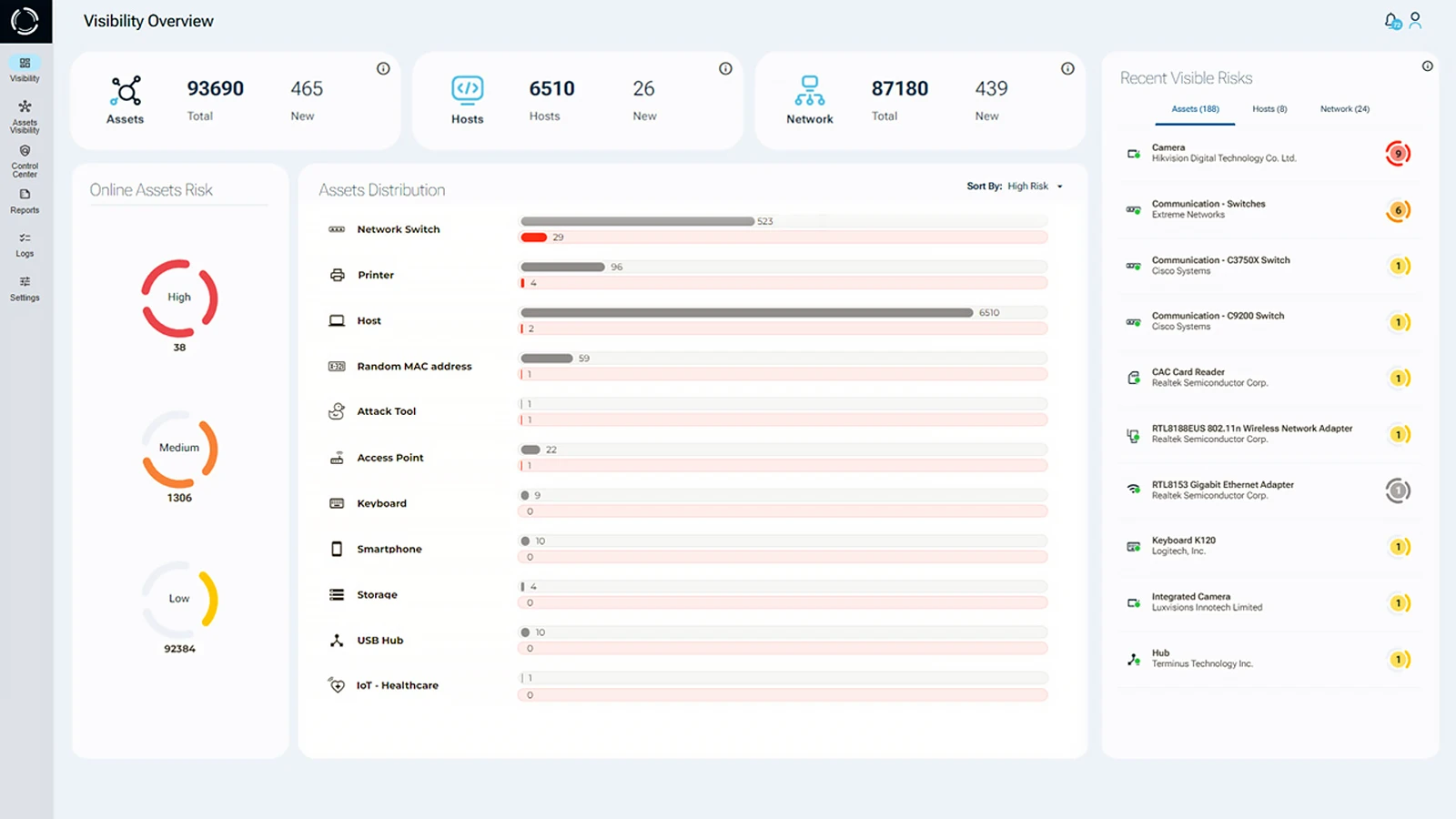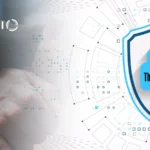What is an Insider Threat?
An insider threat is a cybersecurity risk originating from within an organization. It can involve employees, contractors, or partners who have authorized access to systems. They may intentionally or accidentally misuse their privileges to compromise systems, data, or networks. Insider threats are particularly dangerous because they can often bypass traditional cybersecurity protections.
Insider threat protection is a growing challenge for today’s organizations. These threats can lead to data leaks, cyberattacks, and operational disruptions. According to the 2024 Insider Threat Report, virtually all companies feel vulnerable to insider threats, highlighting the urgent need for proactive insider risk management.
Insider Threat Scenarios
Insider threat scenarios can take many forms, from unintentional cybersecurity breaches to deliberate insider attacks. These threats exploit the trust and access insiders already possess, making them harder to detect than external attacks.
Some insider threats happen accidentally. For example, an employee might connect a BadUSB or fall for a phishing email. Other threats are intentional, involving insiders who steal data, install malware, or connect rogue devices on purpose.
To enhance insider threat protection, companies need a comprehensive cybersecurity framework. This should include advanced tools for behavior analysis, hardware monitoring, and strict access control policies. Equally important is building a culture of cybersecurity awareness, which helps reduce mistakes and identify risks early.
Types of Insider Threats
Insider threats fall into two main types: intentional and unintentional. Understanding these types is essential for developing a robust defense strategy.
- Unintentional Insider Threats: These threats often arise from human error or negligence. Reports like the Ponemon Institute’s studies suggest that more than 50% of internal cybersecurity incidents are the result of employee mistakes. A common example of unintentional insider threats includes hardware attacks that exploit human vulnerabilities, such as the use of compromised iPhone chargers distributed as promotional giveaways. These hardware attack tools can be used to launch cyberattacks from within the organization.
- Intentional Insider Threats: These threats are typically more devastating due to the insider’s knowledge of the organization’s weak points. Intentional insiders may be motivated by financial gain or personal reasons and may introduce malicious devices, like the infamous USB Rubber Ducky, to compromise network cybersecurity. In some cases, malicious insider threats may involve coercion, such as through blackmail or corporate espionage.
The Role of Third Parties in Internal Threats
Third-party vendors and contractors can also be vectors for insider threats. Scenarios like the “evil maid attack” show how attackers use rogue hardware to bypass cybersecurity. Implementing effective access control policies is critical for securing networks against these risks.
Hardware Attacks
Hardware attacks are a growing concern because they can bypass traditional cybersecurity defenses. Devices like compromised iPhone chargers or BadUSB often avoid detection by standard network cybersecurity tools. This is especially true for tools that focus only on network traffic. These devices exploit the physical layer of network communication. As a result, conventional monitoring systems struggle to find and stop them. Rogue hardware are often used in advanced attacks. They’re dangerous because they’re hard to spot and give hackers deep access.
Insider Risk Management
Managing insider risks requires a multi-layered approach that combines technology, employee training, and strict policies:
- Employee Training: Educating employees about cybersecurity best practices and the consequences of negligence can reduce unintentional insider risks.
- Access Control: Limiting access to sensitive data and systems based on roles minimizes the risk of misuse.
- Behavioral Analytics: Using advanced tools to monitor and analyze user behavior helps in identifying anomalies indicative of insider risks.
- Regular Audits: Conducting frequent audits ensures that access permissions are up to date and no unauthorized devices are present.
Insider Threat Hardware-Level Protection
Insider threat hardware-level protection requires advanced tools to detect rogue devices. Sepio’s solutions provide comprehensive asset visibility at the physical layer, where many traditional cybersecurity tools fall short. Sepio integrates seamlessly with the Zero Trust Model (ZTM) to spot and block hardware attack tools immediately, preventing breaches before they escalate.
- Network Asset Visibility: Sepio provides real-time visibility into all assets connected to an organization’s network, even those not typically detected by standard cybersecurity tools. By identifying all hardware devices, Sepio enables organizations to distinguish between legitimate devices and potential rogue devices.
- Endpoint Rogue Device Mitigation: By analyzing device behavior, Sepio can detect anomalies that indicate malicious activity. Whether it’s a compromised device or a malicious USB, Sepio helps companies act before these threats cause significant harm.
- Rapid deployment: Sepio’s technology can provide full visibility of all connected assets within 24 hours. This includes previously undetected or vulnerable devices.
- No additional hardware required: Unlike many solutions that require specialized hardware, Sepio enhances device management through software. This approach makes deployment quick and easy.
- Zero Trust integration: The solution complements a Zero Trust Hardware cybersecurity model, ensuring robust protection across the entire network.

Sepio for Insider Threat Protection
Protecting against insider threats is critical for organizational security. These risks may come from employees, contractors, or third parties. Organizations must act early to identify and mitigate threats, preventing data leaks and operational disruptions.
Transform your Approach to Insider Risk Management
Sepio does more than provide protection, it transforms how organizations manage asset risks. Its cutting-edge technology detects both visible and hidden hardware attack tools, helping organizations prioritize and mitigate risks effectively. Sepio also supports regulatory compliance by spotting high-risk assets in real time.
Schedule a demo today to see how Sepio’s patented technology helps stop hardware-level internal threats. Talk to a specialist to uncover your organization’s weak spots. Take action now to protect your frontline and stay ahead of evolving risks.






